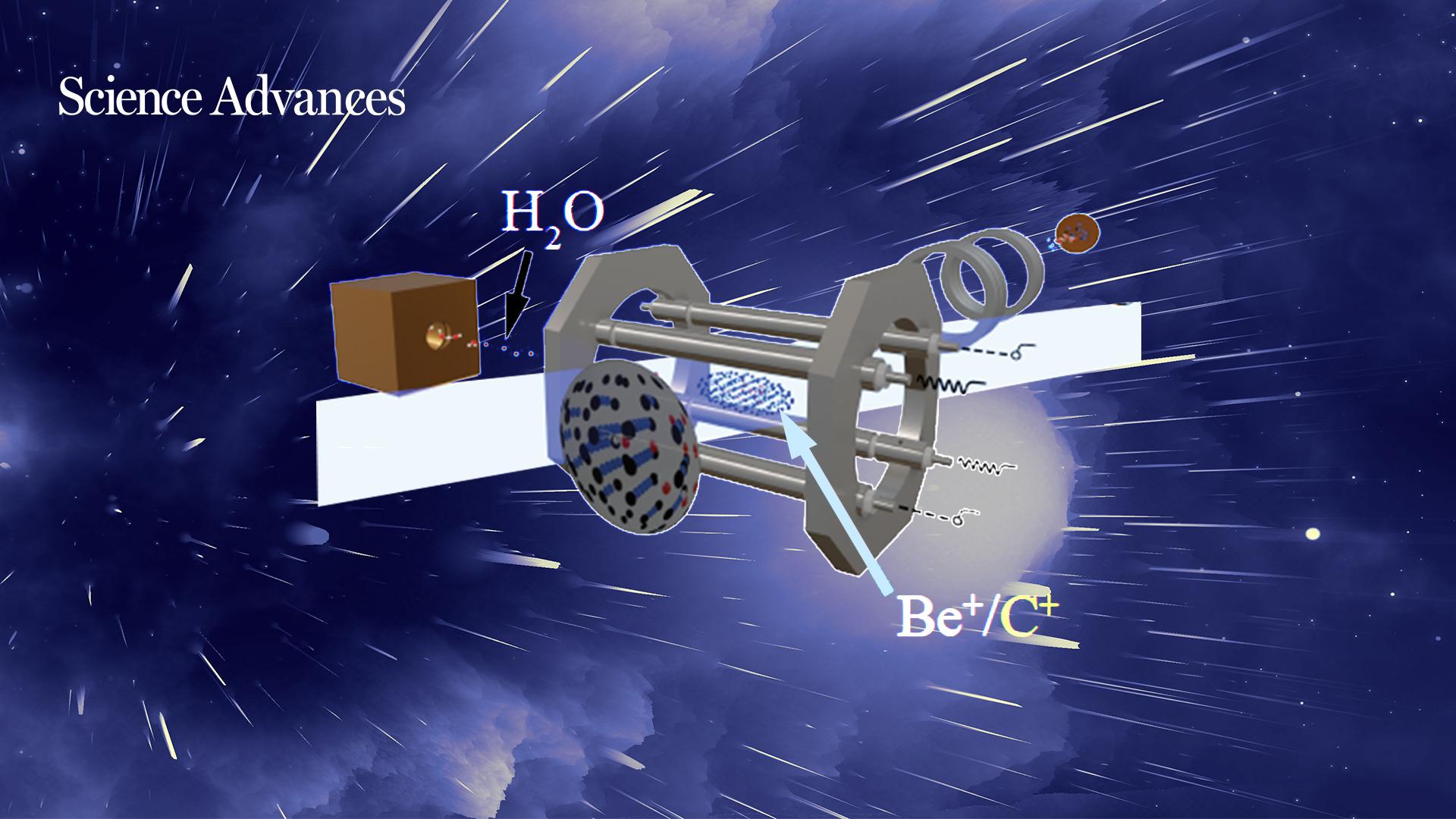SUSTech research team makes progress in low-temperature interstellar chemistry
Tiangang YANG 2021-01-25
Recently, Associate Professor Tiangang Yang (Department of Chemistry, SUSTech) together with the University of California, Los Angeles, (UCLA), University of New Mexico, has made important progress in the study of low-temperature interstellar chemical reaction kinetics. The results have been published in Science Advances entitled “Isomer-specific kinetics of the C H2O reaction at the temperature of interstellar clouds”.

It is well known that chemical reactions are the essence of the formation and evolution of interstellar molecular clouds. The ability to understand these chemical processes is the basis for further understanding and exploration of interstellar space. However, due to the extreme environment in space, where there are thin air, low temperature, and cosmic radiation, interstellar chemistry often exhibits distinguished characteristics. For example, the quantum effect is more pronounced at low temperatures, which leads to inaccurate results of the classical model. In addition, affected by radiation, ions (C ) are often widely presented in photon-dominated regions (PDRs), and related ion-molecular reactions will dominate. To understand the evolution of these regions, the relevant chemical reactions need to be accurately measured under the corresponding reaction conditions.
In this work, the research team designed a new apparatus for researching the low-temperature ion molecular reaction kinetics. Specifically, the team combined a laser-cooled ion trap with an integrated mass spectrometer (MS) and cryogenic buffer-gas beam (CBGB). Using this platform, researchers studied the reaction C H2O → HOC /HCO H with product isomer specificity under conditions that are relevant to those in cold molecular clouds. This reaction is believed to be the chief source of the metastable ion HOC , which has been observed in a variety of sources including nearby PDRs, toward our own galactic center. The branching ratio and the rate constants of the two product channels (HOC /HCO ) have been measured for the first time at the low-temperature, providing important data for the interstellar chemistry model. The further theoretical analysis revealed the dynamic characteristics of the reaction. The reaction apparatus established in this work can be further extended to the research on other ion-molecular reaction systems, and it is also of great practical significance to further understand the atmospheric chemistry, combustion, and other processes.

Figure. 1. Schematic diagram of the experimental setup and the measurement of the isomeric branching ratio.
Associate Professor Tiangang Yang of SUSTech is the first author of this paper.
Article link: https://advances.sciencemag.org/content/7/2/eabe4080




